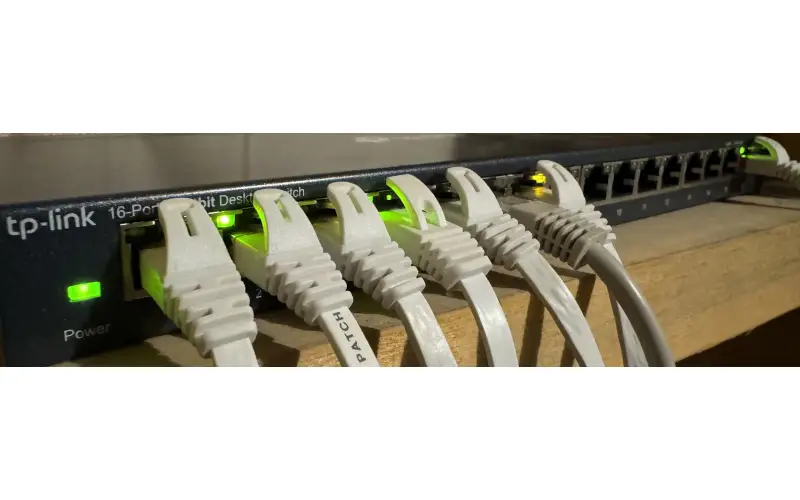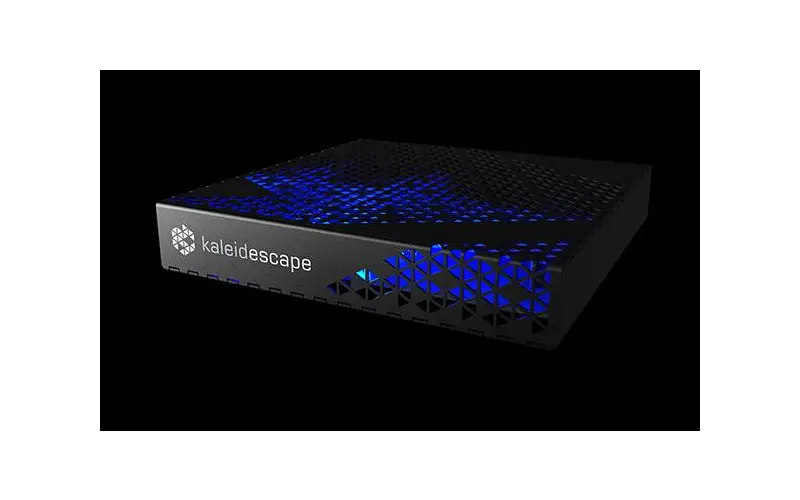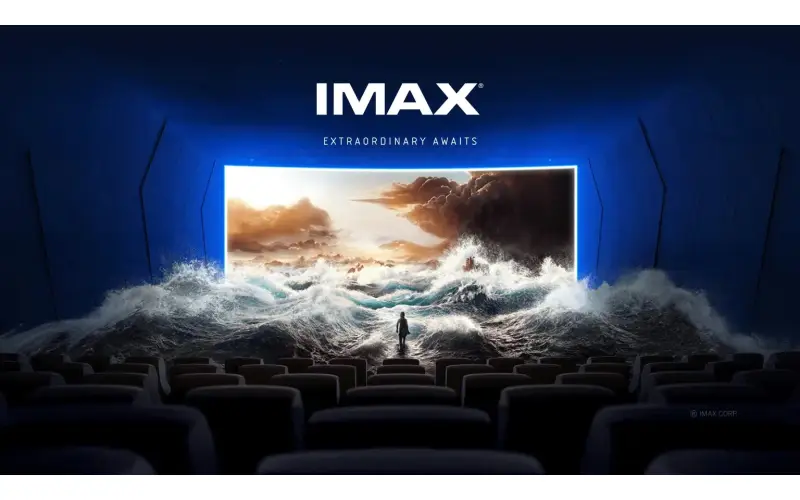By CE Critic - Buy Better Tech
Table of Contents
- Introduction: The FCC's New Broadband Definition
- Streaming Service Requirements
- Netflix
- Amazon Prime Video
- HBO Max
- Apple TV+
- Sony Core (Crackle)
- Disney+
- Hulu
- Streaming vs. 4K Blu-ray: Speeds, Bitrates, and Quality
- The Future of Streaming Quality: Dolby Vision, HDR, and Dolby Atmos
- The Bottom Line: Better Internet, Better Streaming
- Conclusion
Introduction: The FCC's New Broadband Definition
The Federal Communications Commission (FCC) recently made a groundbreaking decision: it quadrupled the download speed required to label internet service as "broadband." The FCC's determination that 100 Mbps/20 Mbps is the new benchmark for broadband is effective immediately. This means ISPs can't advertise slower speeds as "broadband" anymore.
This move is long overdue. The previous standard of 25 Mbps/3 Mbps was set in 2015 and vastly underestimates modern internet usage, especially considering the rise of high-definition and 4K streaming content. The revised definition provides a much-needed boost to internet infrastructure goals.
Streaming Service Requirements
Let's break down what this means for popular streaming services:
- Netflix: While Netflix offers multiple streaming tiers, including an SD (standard definition) plan, its most popular plans require faster speeds. For HD streaming, Netflix recommends at least 5 Mbps, but for 4K Ultra HD, you'll need a steady 25 Mbps connection.
- Amazon Prime Video: Amazon follows similar requirements as Netflix. It suggests a minimum of 1 Mbps for SD, 5 Mbps for HD, and 25 Mbps for 4K content.
- HBO Max: HBO Max aligns with Netflix and Amazon, requiring 5 Mbps for HD and at least 25 Mbps for 4K resolution video.
- Apple TV+: While Apple doesn't explicitly publish detailed speed requirements, users report successful HD streaming with connections around 8 Mbps, while 4K may demand speeds closer to 25 Mbps or more.
- Sony Core (Crackle): Sony Core, formerly known as Crackle, offers free streaming with ads. Due to its lower maximum resolution, Sony Core requires less bandwidth. You could get by with around 3 Mbps for standard definition content.
- Disney+: Disney+ recommends 5 Mbps for HD content and 25 Mbps for 4K streaming.
- Hulu: Hulu falls in line with other major streaming services, requiring around 3 Mbps for SD streaming, 6 Mbps for HD, and 16 Mbps for 4K UHD.
The Future of Streaming Quality: Dolby Vision, HDR, and Dolby Atmos
The FCC's decision could significantly impact the widespread adoption of advanced streaming technologies:
- Dolby Vision and HDR: Dolby Vision and HDR (High Dynamic Range) provide stunning picture quality with enhanced brightness, contrast, and color depth. These formats require significantly higher bandwidth – often exceeding the 25 Mbps threshold that was previously considered the 'gold standard'.
- Dolby Atmos: Dolby Atmos is an object-based surround sound technology that creates a more immersive audio experience. Dolby Atmos soundtracks also demand higher bitrates and therefore benefit from faster internet connections.
The Bottom Line: Better Internet, Better Streaming
The FCC's move means internet service providers will need to step up to meet consumers' increasing demands for high-quality streaming. There's a good chance we'll see a broader transition to fiber-optic networks, capable of delivering gigabit speeds.
The FCC's decision signals that consumers can likely expect:
- Smoother streaming experiences: Say goodbye to buffering, even with 4K content.
- Greater availability of Dolby Vision and HDR: More titles offered with the potential for breathtaking visuals.
- Improved Dolby Atmos support: More soundtracks that create a cinema-like audio experience.
Conclusion
The FCC's revision of the "broadband" definition is a win for consumers, particularly those invested in high-quality entertainment experiences. While streaming is continuously improving, 4K Blu-ray discs currently maintain a technical advantage in bitrate and audio quality. Regardless, the FCC's decision paves the way for a future where streaming can bridge that gap, bringing us closer to an experience that rivals the best physical media has to offer.





